The silly season is upon us. Not a day goes past when a different player is linked with Liverpool Football Club; some of the rumours are closer than others, but it is probably safe to assume that over 95% of the rumours are complete fabrication.
 The transfer system in football is both complex and farcical. Agents have become masters at using the media to get the best possible deal for clients; quite often by fabricating false interest in a player. It has become a negotiation tactic; whilst clubs are now trying to reduce wages players are looking to leverage the highest possible salary.
The transfer system in football is both complex and farcical. Agents have become masters at using the media to get the best possible deal for clients; quite often by fabricating false interest in a player. It has become a negotiation tactic; whilst clubs are now trying to reduce wages players are looking to leverage the highest possible salary.
In the past, Liverpool FC have received a great deal of criticism for dragging heals over transfer dealings; and that has led to the club famously missing out on a number of targets including of course Ronaldo: whom Rick Parry (apparently) let slip through the net.
The restructuring at Liverpool will mean a new approach to transfer strategy. I expect that there will be a three stage process to how the club approaches transfers in the future; that may look something like this:
Stage 1 – Planning
This will essentially be the phase where the technical committee will meet to discuss targets and priorities. I expect that these meetings will take place at regular points during the year; but the two meetings that will be vital are the ones that will take place before the two transfer windows open.
This process will involve discussions on areas and positions that the team needs to improve. It will involve a detailed analysis of player performance; and will identify gaps in capability that are barriers to the team fulfilling its potential. That insight will inform the attributes the team needs to progress.
It will then be the role of the scouting network to identify targets and make recommendations. The scouting team (Dave Fallows) will work closely with the data analysis team to provide detailed summaries of all recommended targets. That will include data and statistical analysis of a player’s performance and injury record; and also perhaps a background / personality analysis to identify the ‘fit’ with the club.
The identification and recommendation of players will likely be broader than the scouting team; I’d imagine that the first team manager will also be able to recommend names.
Once the technical committee has identified the positions the club needs to recruit; and discussed recommended targets they will draw up a shortlist. Within that shortlist there might be 4-5 players that are recommended to fill a position based on attributes the club is looking for. The common theme will be players in the early stages of a career that have demonstrated the required skill but are yet to reach peak.
It is also worth noting that the process may involve looking at players already at the club playing in the reserves or the academy when sourcing players for the first team. I’d expect that this will be the preferred methodology as the blueprint evolves.
There will always be exceptions to bringing in younger players; but as a general rule, I expect that is the strategy the club will adopt on player recruitment.
Stage 2 – Determining value
This stage is aligned to the planning process but may involve people from the business side of the club. This is perhaps the most important part of the planning and recruitment process; and there are two key things that will perhaps drive value.
Budget allocation is one of the drivers behind determining value: if you have a pot of x and you have 3 positions you need to fill, you need to allocate that budget in order of priority. The key to getting it right is by matching the players on your shortlist to the budget you have available.
One of the things that people often cannot look past is the initial transfer fee. When you sign a player there is a total cost to the club; and that goes far beyond the initial transfer fee. A good example would be that we signed Joe Cole (29) for ‘free’ on a 4 year deal worth around £100k a week; which is a total cost to the club of over £20m. Whereas if we hypothetically sign a player at 21 for £10m on £40k a week the total cost to the club is only £18.5m. Logic tells you where the value is.
So the key is to look past the transfer fee and think about total cost; Liverpool under FSG has already proven that they are not afraid to pay big fees if the total cost is affordable. Quite often the fee will not be the issue; it will be wage demands that make or break a deal.
Determining the value of a player both at a fee and wage level is essential. One of the mistakes that Comolli made was to fail on sourcing value.
Once value has been determined the shortlist will then be submitted to the MD who will lead on negotiation. The shortlist will be determined before the transfer window opens; and it is quite possible that some discussions and deals will already be in train before a transfer window.
Stage 3 – Negotiation
This is quite possibly the most difficult part of the transfer process: negotiating with clubs and agents to get the right player at the right cost. There is an art to negotiation; if Ian Ayre has been identified as the lead negotiator for Liverpool that will be a positive step forward. Ayre has demonstrated in the commercial space that he is outstanding at negotiating value on the ‘big ticket’ commercial deals.
It is a natural progression that Ayre takes the lead on transfer negotiations. It should be noted that Ayre is not involved in identifying players or determining value, but will take the shortlist and work within the technical committee’s value parameters to source the best possible deal for the club.
The manager (or Sporting Director) will not be involved in negotiation; but will be involved in the final phase of the process which will be part of discussing personal terms. The manager will be involved in selling the vision for the club once a fee is agreed, and also making a final confirmation that the player is the right personality ‘fit’.
In a competitive transfer process there will be occasions where players are influenced by a better financial package, Champions League football, location or another factor. It isn’t always a straight forward case of identifying your target and completing the deal – and if you miss out, it could be for a hybrid of reasons – the assumption shouldn’t be it was a failure to act quickly. Agents will rarely just talk to one club; their priority is to source the best possible deal for their clients.
Liverpool FC this summer
 Of course with the recent appointment of a new manager at Liverpool and the technical committee still to be formally announced there will be an element of having to react quickly this summer at Liverpool. But, the basic principles of sourcing value and identifying targets will still form the approach to the clubs transfer strategy.
Of course with the recent appointment of a new manager at Liverpool and the technical committee still to be formally announced there will be an element of having to react quickly this summer at Liverpool. But, the basic principles of sourcing value and identifying targets will still form the approach to the clubs transfer strategy.
There are also a number of legacy ‘bad contracts’ that the club is grappling with which is a barrier to what can be done. With Joe Cole and Alberto Aqualini on a combined £180k a week (reported) that takes up a significant chunk of wage budget on two players that are surplus. It will affect the amount of budget we have to spend in the positions they play – such as attacking midfield.
Liverpool’s wage to earnings ratio is currently running at 63% (2011) – that is 63p in every £1 that the club makes going on player salaries alone. That isn’t sustainable. We are still paying Champions League wages despite not having been in it since 2009.
As the clubs strategy continues to evolve that position will improve: as we increase turnover and decrease the wage bill – the aim will be to get that ratio a lot closer to 50%.
We are still a big club and can pay competitive fees and wages; but we won’t be held to ransom. We are a different breed to City whose transfer strategy is more fantasy football – we are not a toy, we are a business and a football club. And the key to building a sustainable business is to live within your means and drive growth that is sustainable based on your income – not on the deep pockets of a benefactor who can leave at any point.
I am keeping an open mind on our transfer dealings this summer. We do need fresh faces in 2-3 key positions, but we also have a stronger squad than we saw last year. We will see the return of Lucas which will be a huge boost, and hopefully the transition of Sterling and Suso into first team players.
If we can get the right players in at the right price we will be competitive next season; but for me it isn’t about big names, it is about the right fit for the vision and style Rodgers wants to bring to the club.
It isn’t easy being patient – but I am sure there is a huge amount of work going on behind the scenes at the club to get the right players to the club at the right price. We won’t land every target, but we will have different options: and it is worth bearing in mind that the mass media will only have it right about 5-10% of the time.
(NB – for the two best connected journalists on Liverpool’s transfer dealings follow @bensmithbbc and @duncanjenkins on Twitter).
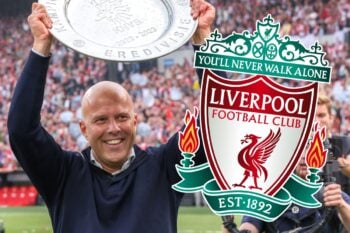


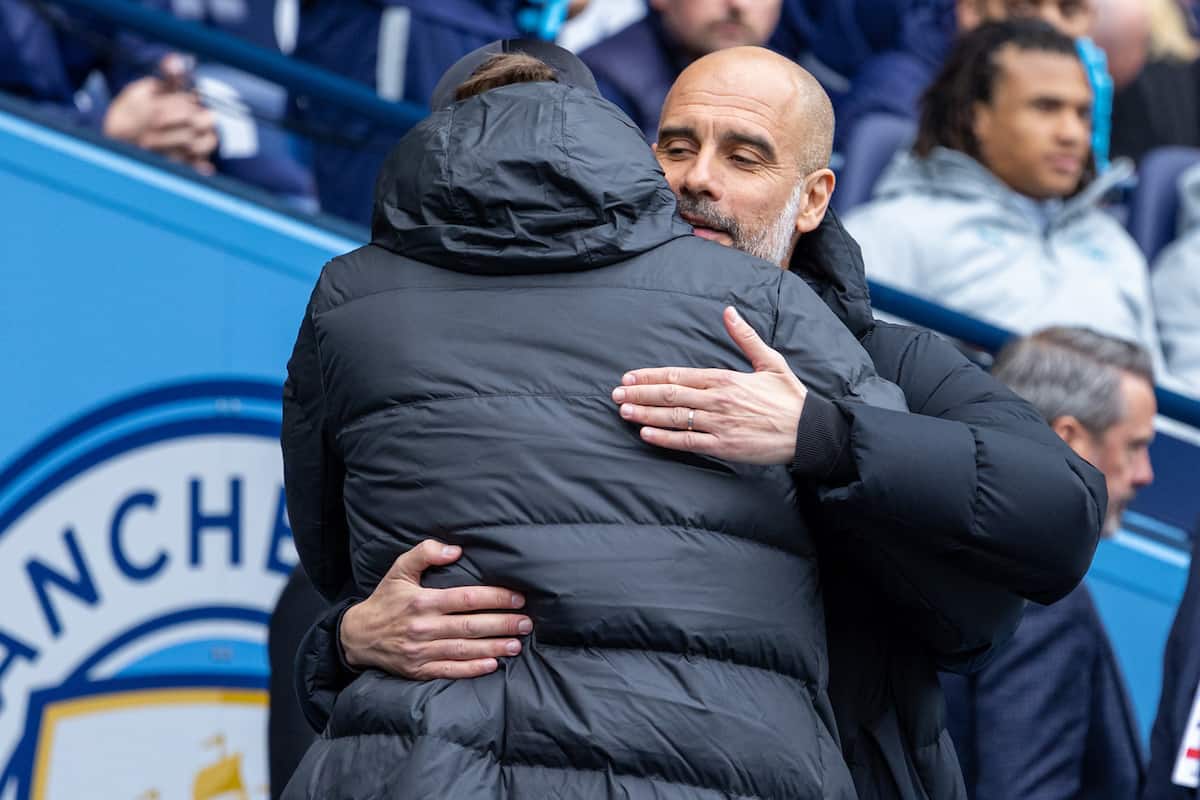
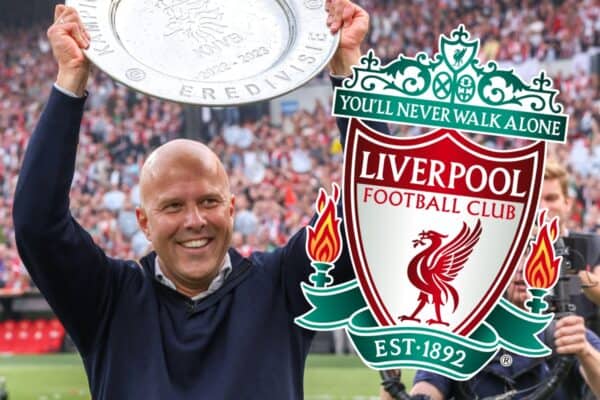
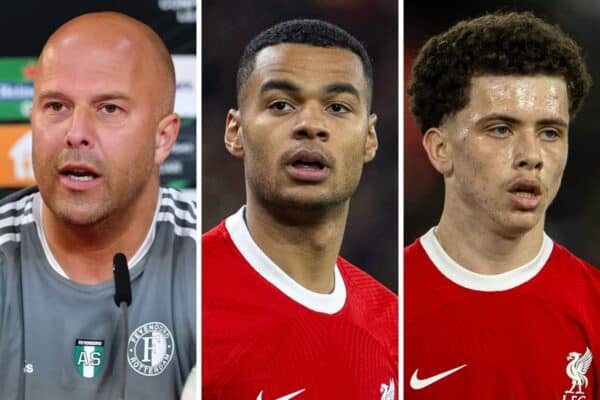
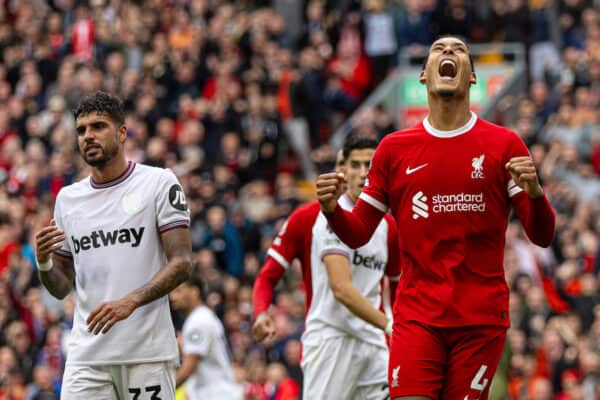
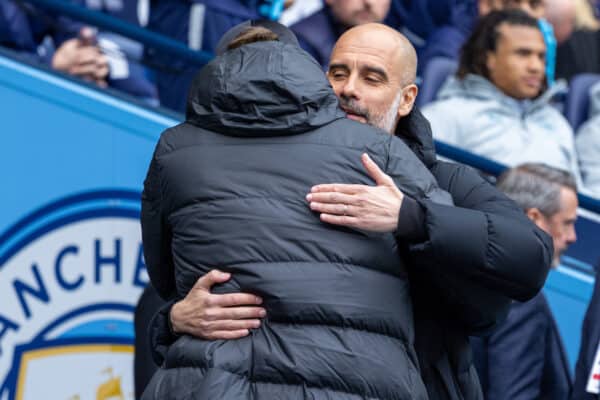
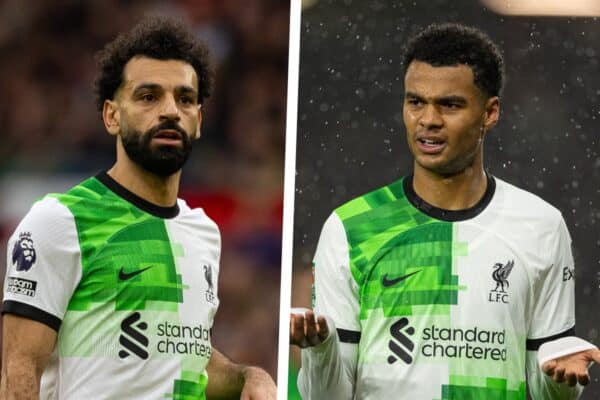
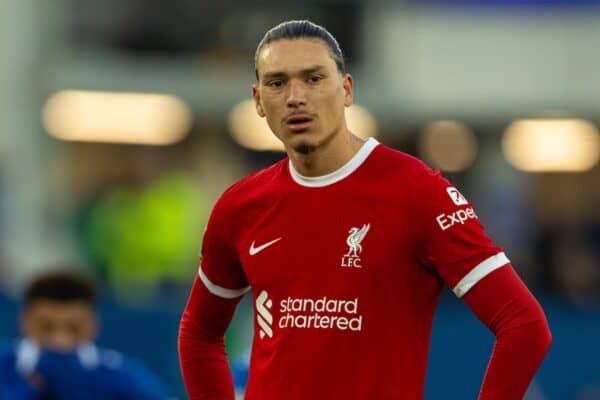
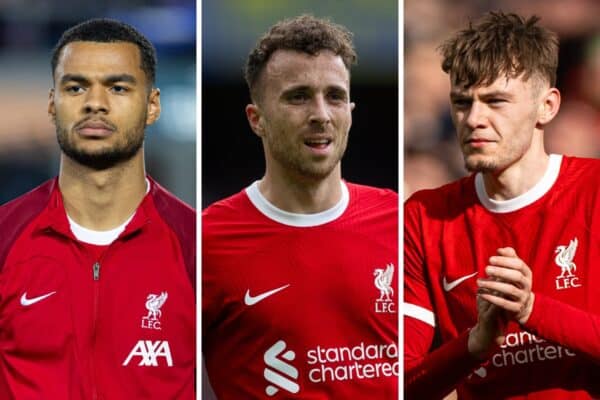
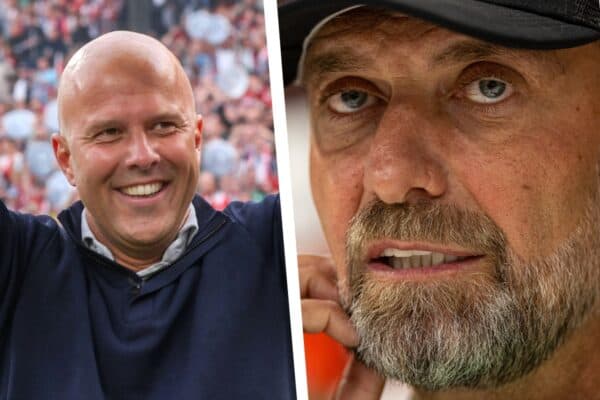
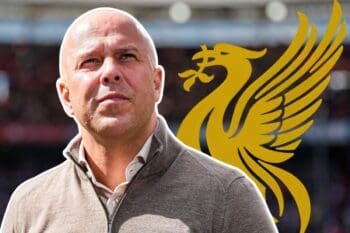

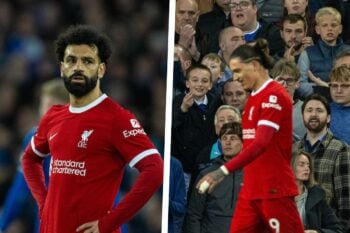
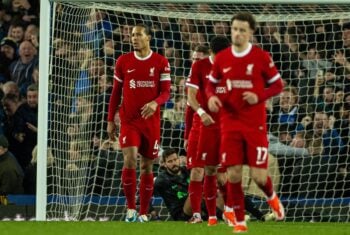
Fan Comments